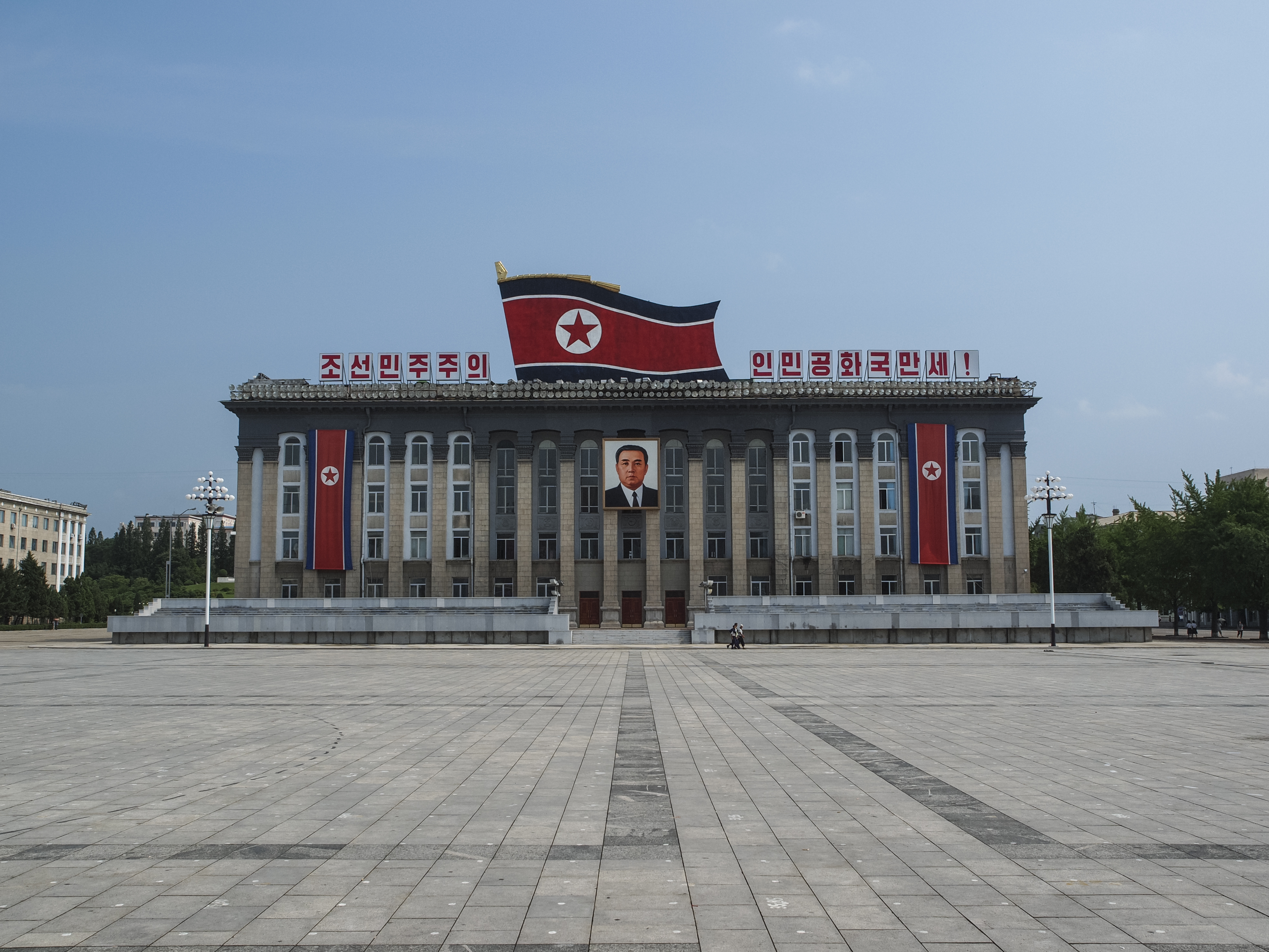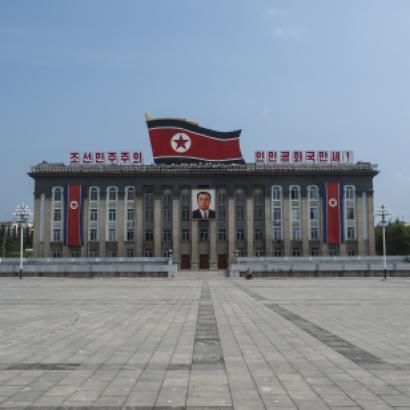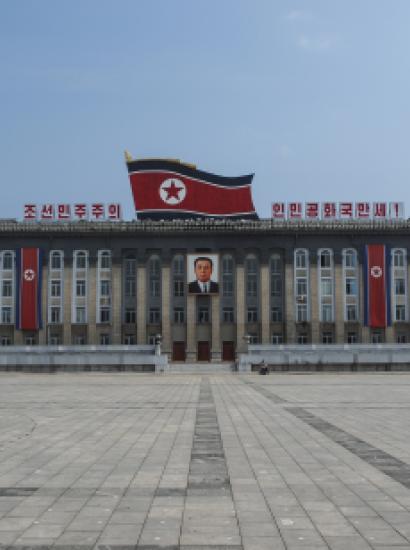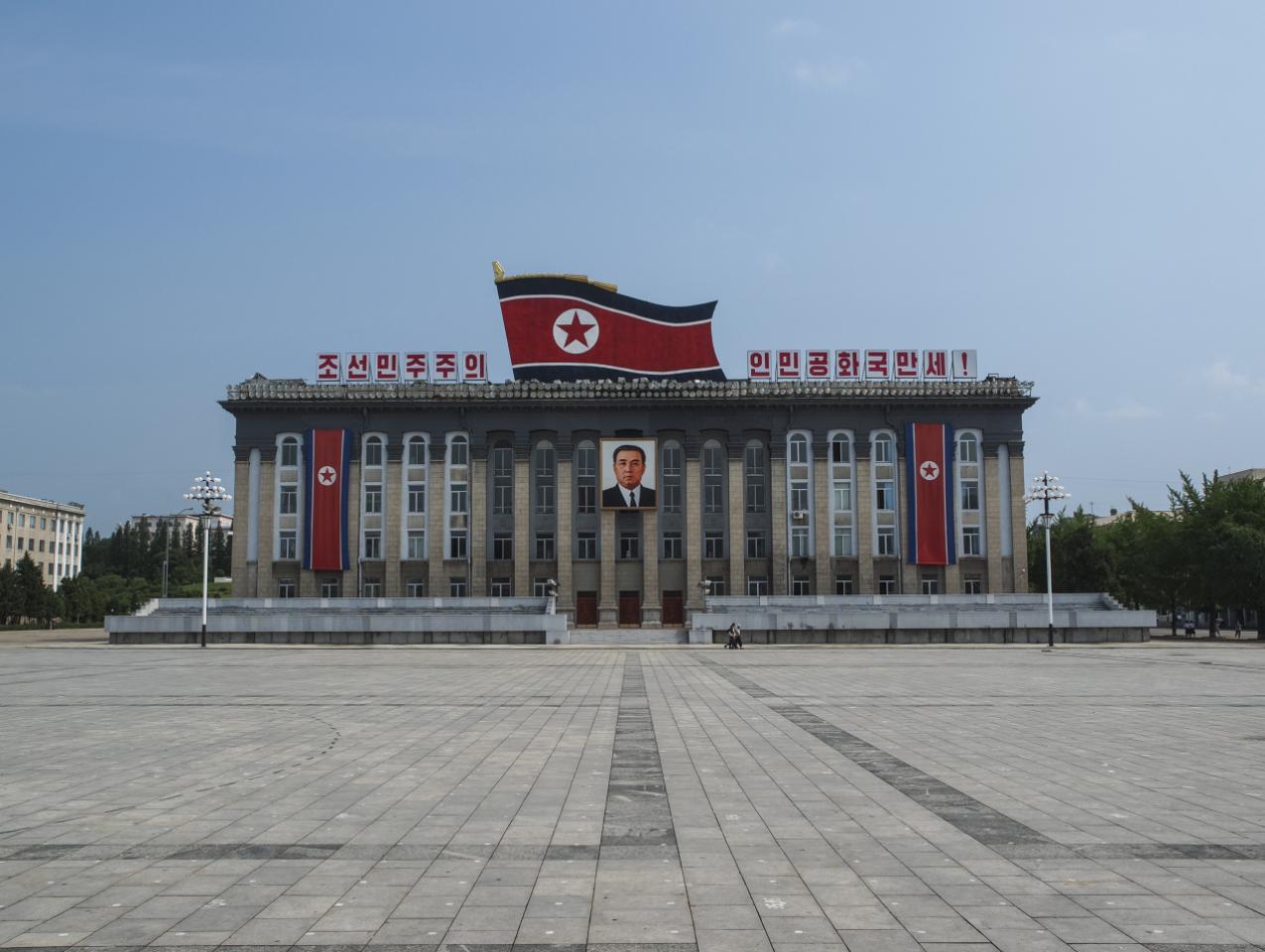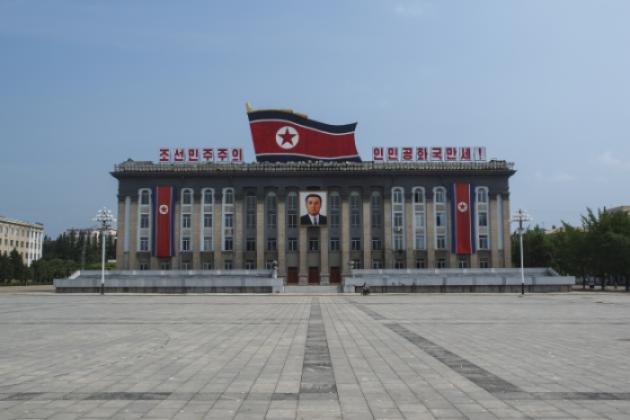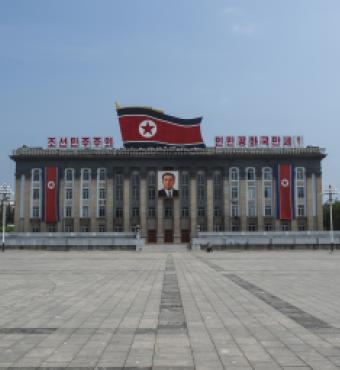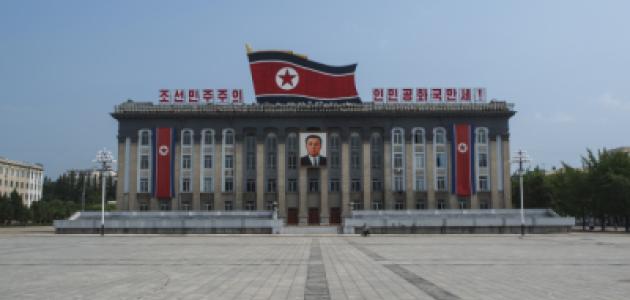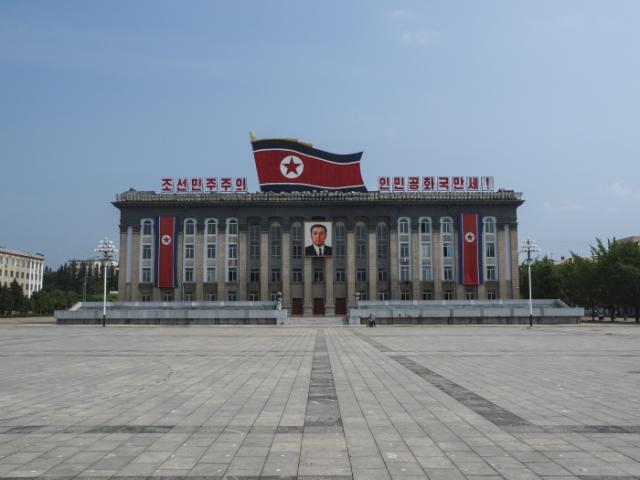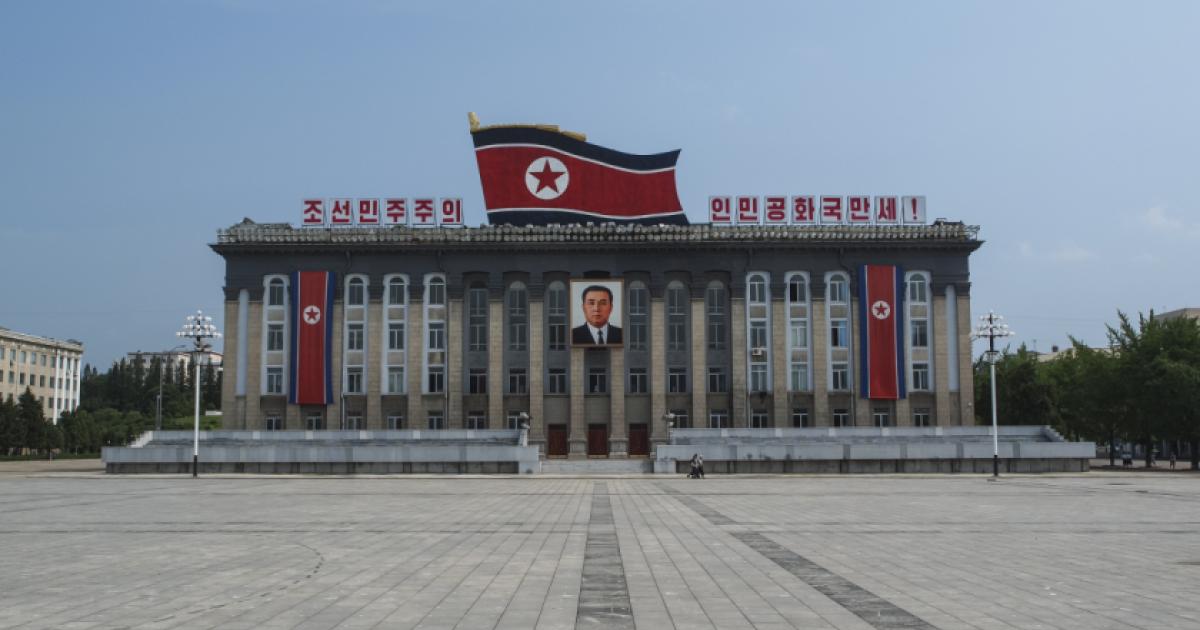The Hermit Kingdom of North Korea is known for its eccentricity, nuclear and missile programs, desperate poverty, and, increasingly, for the execution of its elite. The most sensational case was the recent brazen poisoning of the “Outstanding Leader” Kim Jong-un’s half-brother Kim Jong-nam in a Malaysian airport.
We cannot penetrate the veil of secrecy that shrouds the Hermit Kingdom, but we can use the well-documented history of Stalin’s repression to draw parallels—and note the differences—between the USSR of the 1930s and the North Korea of the present day.
Both Stalin and Kim Jong-un used extreme terror to remain in power. Both were prolific murderers of their inner circle. Stalin had almost 70 percent of the 139 central committee members elected in 1934 executed. In his short rule since 2011, Kim Jong-un has executed 341 persons, 130 of whom were “government officials.” Although we cannot calculate an exact percentage, Un, like Stalin, has executed a significant portion of his 303 person-strong central committee.
Stalin pulled off a remarkable feat, which Kim Jong-un hopes to match. Despite killing off a substantial portion of his inner circle, many of whom were military officers and secret police with access to arms, Stalin died of a stroke on his couch. There were no known assassination attempts on his life. So far, there have been no credible reports of attempts on the North Korean leader’s life, only fanciful rumors. He would like to follow in his father’s and grandfather’s footsteps. They both died of natural causes.
Avoiding assassination while killing off your inner circle is not easy. As the number of executions grows and their seemingly arbitrary nature becomes apparent, members of the inner circle grow tempted to plot against the leader, not from thirst for power but for personal survival. The leader understands this danger and must take measures to thwart these threats to his life. He must impose an extreme cost on those plotting or even thinking of moving against him. Potential plotters must be made fearful of recruiting others willing to challenge the leader and must believe that their chances of success are small.
Stalin was a master of coup-prevention. His methods included a low threshold for possible guilt; making informal meetings of members of his inner circle a crime; arresting (and in some cases executing) wives as a loyalty test; requiring signed confessions through torture if necessary; playing one deputy off against another; dividing and conquering by repressing one group while expressing confidence in others; not sparing his own relatives and childhood friends; and carving out no exceptions for women. Stalin also observed the principle of “contagion”, e.g., that those in contact with traitors (such as relatives and friends) could infect the rest of the population. As such, they had to be removed as well, if not through execution then through a long sentence in Gulag camps built especially for relatives of traitors.
Stalin executed most his victims under the infamous Article 58 of the Soviet criminal code. This article covered the political crimes of espionage, counter-revolutionary sabotage, and aiding foreign powers, among others. The foreign threat was the most prominent justification of Stalin’s political purges. Article 58 prosecutions diverted blame for policy failures to sinister foreign powers who were being aided, the story went, by domestic agents trying to overthrow the worker-state as represented by Stalin.
Though it’s unclear how Kim Jong-un operates, there are instances where he has followed Stalin’s playbook. His reasons for denouncing someone as guilty are often arbitrary, like “disrespect,” a failure to “follow orders,” “suspicious connections,” a “bad attitude,” a wife protesting her husband’s execution, or even the watching of South Korean soap operas. In one case, he executed the manager of a turtle farm after he attempted to explain why turtles were dying. Like Stalin, Kim Jong-un insists on the appearance of a proper legal proceeding, the most important ingredient being a public confession. His uncle confessed before a military tribunal to being “a traitor of all ages,” “human scum,” and plotting the overthrow of Kim Jong-un. And he clearly believes in contagion: Five direct relatives were executed alongside the uncle. His aunt was later poisoned.
Kim Jong-un has followed Stalin, his grandfather, and father in convicting his victims of working for foreign enemies and engaging in counter-revolution. As one South Korean expert writes: “All regimes under the Kim Dynasty tried to evade crises by shifting responsibilities on to political rivals to purge them… Most victims of purges in North Korea had been purged on charges of being a spy or as an anti-party, anti-revolutionary criminal… what North Korean people [are supposed to] consider the greatest crime.”
Kim Jong-un and Stalin, however, follow different approaches to the execution of “enemies of the people.” When Stalin wished to make an example of his victim, he used public show trials that mimicked a legal proceeding, the climaxes of which were confession and sentencing. He perfected this technique to such a degree that, in 1938, he conducted two-week long show-trial extravaganzas in Moscow with multiple defendants. The most illustrious Old Bolsheviks dutifully confessed and accepted their death sentences with bowed heads. Stalin was so confident of his orchestration that he invited the foreign press. Under Stalin, executions were carried out in secret by a bullet to the back of the head in prison basements or before open pits in killing fields. Stalin wished to hide the enormous magnitude of his purges.
The North Korean’s regime, to the contrary, performs public executions before assembled crowds, often using barbaric techniques such as burning alive by blow torch or obliteration by mortar fire. Execution by firing squad appears to be reserved for ordinary enemies of the people, almost an act of mercy, as was beheading (versus quartering) in Europe’s Middle Ages. Unlike Stalin, Kim Jong-un wants public executions to intimidate potential opponents.
Perhaps one day researchers will have access to the official records of North Korea as we do for Stalin’s regime. Most of Stalin’s victims were ordinary workers, peasants, or technicians. The limited data for North Korea focus more on executions of the elite. Both Stalin and the Kim dynasty used gulags to isolate their “enemies” and to extract forced labor from the inmates, but that is another story. When the North Korean records are open, we shall understand the extent to which Kim Jong-un used the same methods as Stalin to avoid being overthrown by his own inner circle. We will know whether he, like Stalin, made unauthorized meetings of associates criminal conspiracies. Did he target one group while assuring others that he was their best friend? Did he arrest the wives of his deputies? Was he willing to execute childhood friends or favorite mistresses?
Kim Jong-un is third in the succession of the Kim hereditary dynasty, in which the leader’s torch is passed, at death, to the son. Stalin had no interest in creating a dynasty. In fact, he considered both of his sons unworthy and did little to promote their careers. He refused to exchange his captured elder son for a high-ranking German general during World War II. If anything, Stalin made sure that his offspring had no political ambitions. After Stalin’s death, the wary survivors of his inner circle decided on a collective rule with the party general secretary as the first among equals. Stalin‘s “cult of personality” was rejected and reviled. After the execution of would-be Stalin successor Lavrenti Beria, elite executions ceased under the post-Stalin collective rule. After Nikita Khrushchev's ouster in 1964, each general secretary served until death, and his successor was then chosen from the inner circle. Although factions lobbied for their favorite candidate, the power struggle proceeded without blood. The Soviet system had settled down into a political equilibrium of sorts.
With hereditary dynasties, succession has involved power struggles, purges and the creation of new cults of personality. The North Korean dynasty’s founder, Kim Il-sung, had to eliminate a diverse opposition, which included a pro-Soviet faction. The succession struggle he fought was reminiscent of Stalin’s battle with Trotsky and Bukharin. We lack solid figures on the number of people Kim Il-sung had killed, but one estimate places the figure above one million. His son and successor, Kim Jong-il, went through a long apprenticeship, preparing the Hermit Kingdom for his succession. Rumors suggest behind-the-scenes power struggles and assassination attempts within Kim Il-sung’s family, as wives, sons, uncles, and daughters jockeyed for succession. Kim Jong-il’s second son, Kim Jong-un, took the reins of power rather unexpectedly with the premature death of his father and considerable doubt as to his leadership capacities. His purges may eventually match those of his grandfather.
A careful study of postwar dictatorships shows that dictators are most often removed by members of their immediate circle. Military dictators are replaced by their generals, civilian dictators by fellow civilians. For monarchs, removal by family members is the second most frequent source of coups. Kim Jong-un murdering his relatives is not the action of a paranoid and eccentric ruler. Rather, it follows a long tradition—dating back to Rome and ancient Korea—of hereditary dictators murdering kin and relatives. It should come as no surprise that the young leader of the world’s only communist hereditary dictatorship is killing off his kin.
The fact that two brutal dictators, separated by 60 years, pursue similar repressive policies raises the question of rational behavior. What appears to outsiders as irrational paranoia is actually the rational pursuit of objectives through unconventional methods. As the United States determines its policy toward North Korea, we must understand whether we are dealing with a mad man or a calculating opponent who may wish to give the impression of madness and unpredictability. So far, it seems like we’re working with the latter.







